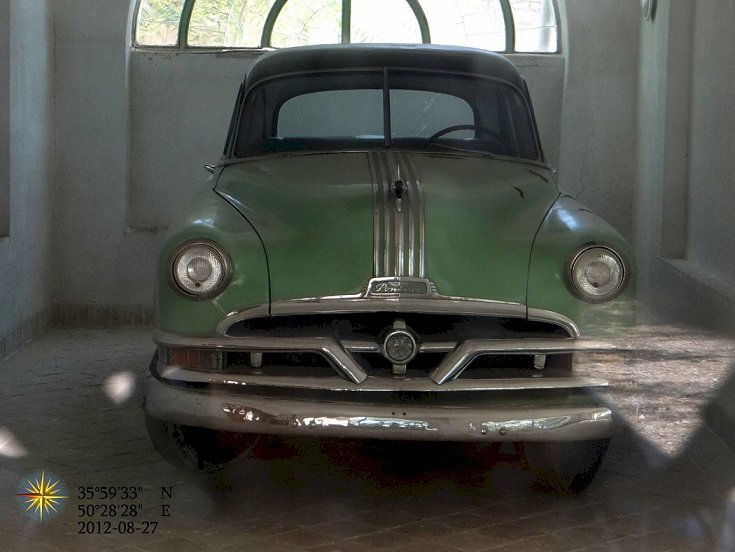Car of Mohammad Mosaddegh, who nationalized oil industry in Iran, named national heritage

TEHRAN - Car of Mohammad Mosaddegh, the 20th-century political leader who nationalized the huge British oil holdings in Iran, has been added to cultural heritage list of the nation.
Mosaddegh’s 1948 Pontiac is being kept at a museum in Alborz province, CHTN reported on Sunday.
Born 1880 in Tehran, Mosaddegh received a Doctor of Law degree from the University of Lausanne in Switzerland and then returned to Iran in 1914. Then, he was appointed governor-general of Fars province.
Mosaddegh served as the 35th Prime Minister of Iran from 1951 to 1953, after an appointment by the 16th Majlis. He was a member of the Iranian parliament from 1923 and served through a contentious 1952 election into the 17th Iranian Majlis, until his government was overthrown in the 1953 Iranian coup d’état aided by the intelligence agencies of the United Kingdom (MI6) and the United States (CIA), led by Kermit Roosevelt Jr. His National Front was suppressed from the 1954 election.
A major policy of his government after 1913 was the nationalization of the Iranian oil industry, which had been built by the British on Persian lands since 1913 through the Anglo-Persian Oil Company (APOC/AIOC), later known as British Petroleum (BP).
In the aftermath of the overthrow, Mohammad Reza Pahlavi returned to power and negotiated the Consortium Agreement of 1954 with the British, which gave split ownership of Iranian oil production between Iran and western companies until 1979.
After being imprisoned for three years, Mossadegh was placed under house arrest until his death to avoid political unrest and was buried in his home. In 2013, the U.S. government officially acknowledged the U.S. role in the coup as part of a foreign policy initiative that included paying protesters and bribing public officials.
AM
